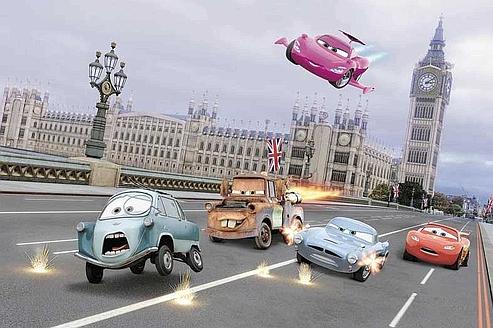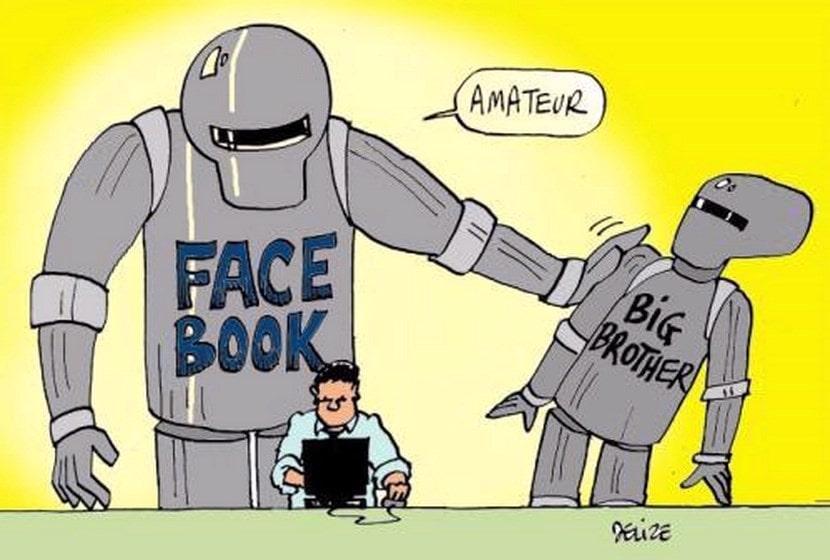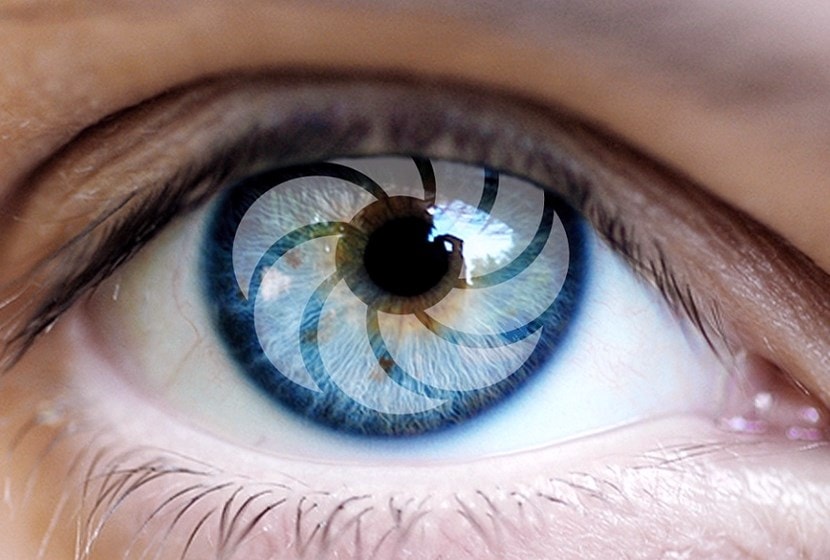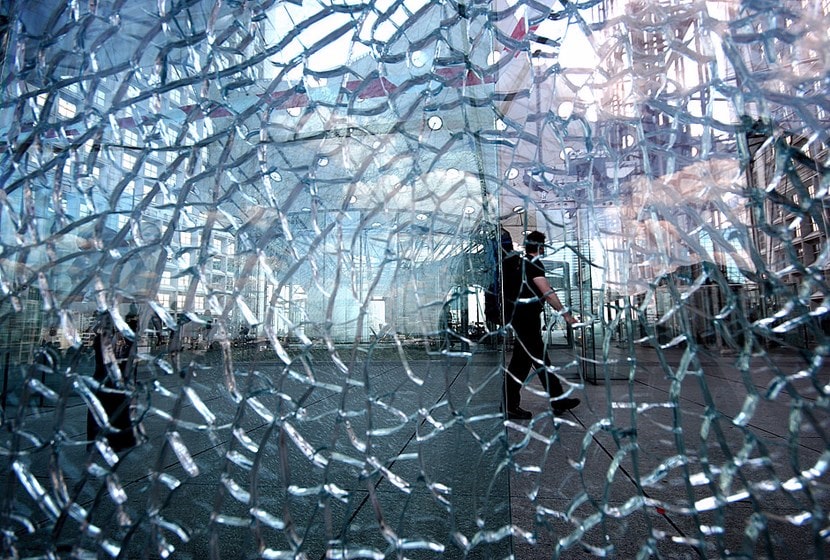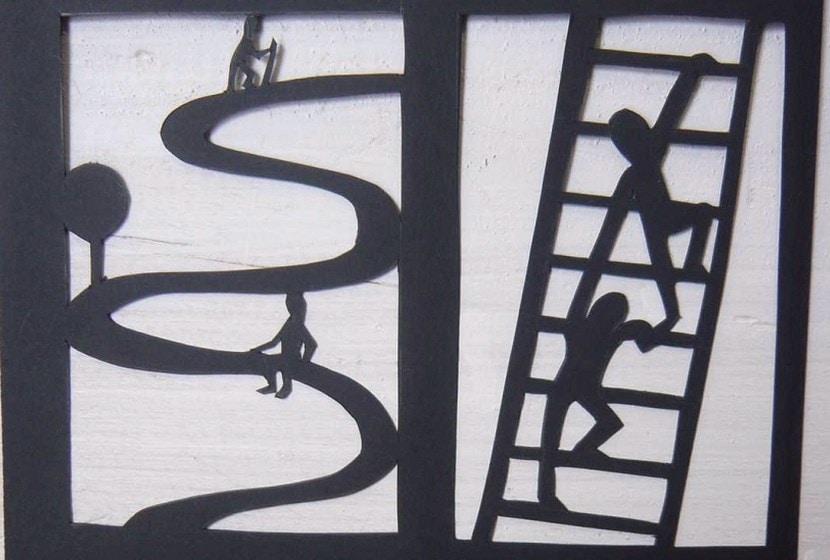Innovation
Historians who will study our contemporary era in a few years' time will observe a very singular feature: not only has electronics rapidly become the mother of all other technologies, but it has been evolving, since its emergence, at an exponential rate.
According to a now verified and indisputable law, its power doubles every 18 months. The range of products that accompanies this extension follows the same rhythm. Innovations, in all areas of activity, follow one another at an increasingly steady pace. There is an unbridled race between an overabundant supply and a demand that must adjust, learn, educate itself, change its modes of operation and organization, and change its dreams as well.
Demand can no longer keep pace with supply, especially as the speed differential is increasing. This is a first in the economic and technological history of mankind.
FOR LONGER TIME, demand has been ahead of supply. This allowed companies and industrialists to produce as well as possible what was demanded. This is how all the world's economies have operated for generations. The demand for goods or services dictated the nature of the supply. Innovation then essentially consisted in improving the product, in order to fine-tune it to demand and to distinguish it from its competition in terms of price.
It was around the 1970s that the race between demand and supply began to merge. Companies therefore sought to know the market as well as possible in order to satisfy it and remain competitive. This period will see the blossoming of marketing and knowledge techniques of the increasingly sophisticated targets that came with it. The challenge for the producer was to detect and circumscribe emerging demand as early as possible, in order to respond satisfactorily with a competitive product offer.
In the 1980s, the distance between supply and demand became even more tenuous. The competitive challenge could not only be about satisfying demand but, in addition, about the quality of supply. Quality was the watchword of this period in the world of marketing. Quality circles, quality standards, quality label, everything was good for an offer to distinguish itself from another and win its "market share", i.e. meet its demand.
Potential supply began to exceed demand in the 1990s. The key to success is no longer just marketing or quality, it takes more than that to stand out from the competition. The key to the market is innovation.
Systematic innovation strategy helps to win the economic battle by changing the rules of the game of an industry very quickly and very often in such a way as to exclude competitors who are not able to adapt quickly enough. In this "hypercompetition". (Richard d'Aveni, Hyper competitionVuibert 1995) In order to attract financing, break the market and stimulate indefinitely the final consumption, companies are forced to invent new generations of products. (1).
By offering more and more, by constantly inventing, by deploying creativity and imagination, innovation is ahead of the market. Better still, it creates it.
This creates a radically new landscape for the company. Previously, it was demand-driven. It was demand driven and guided by it. From the moment when, through innovation, supply outstrips demand, when the products that emerge have never been dreamt of by the most imaginative consumers, when reality sometimes surpasses science fiction, the company is obliged to find new points of reference.
Indeed, innovation does not just create the market, it creates the future. Today's inventions go beyond demand and dictate the world we will live in tomorrow. (2) . The responsibility is heavy; it does not only touch on important issues of so-called sustainable development or ethics; it touches the very heart of our humanity. Yet it is still rarely taken into account.
(1) However, some economists believe that the constant renewal of product lines ultimately destroys more value than it creates. Cf: Jacques PRADES, La Création destructrice, L'Harmattan, 2000.
(2) Philippe LUKACS, Strategy for a Desirable Future, Dunod, 2008
{Jacuzzi on}

